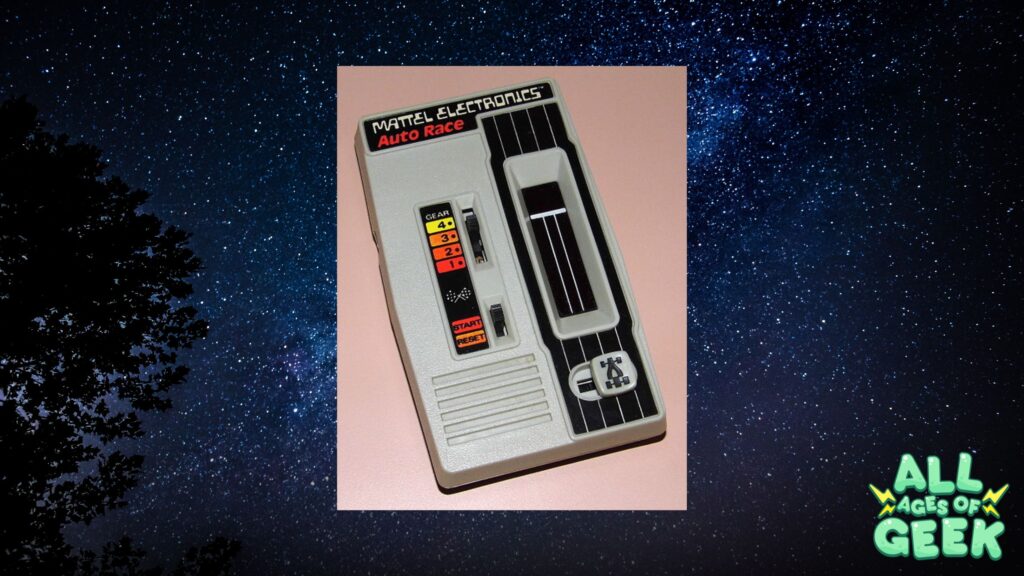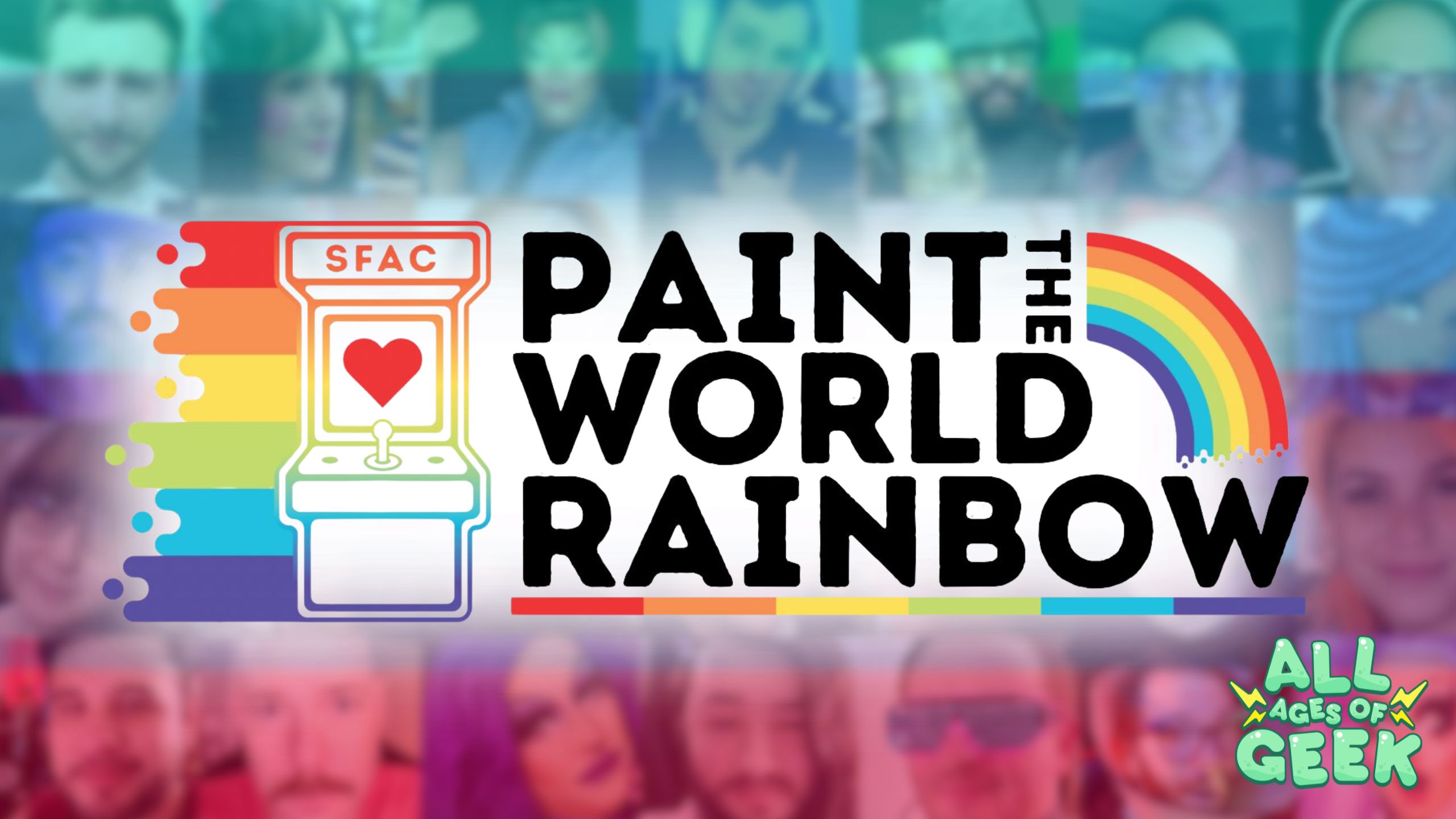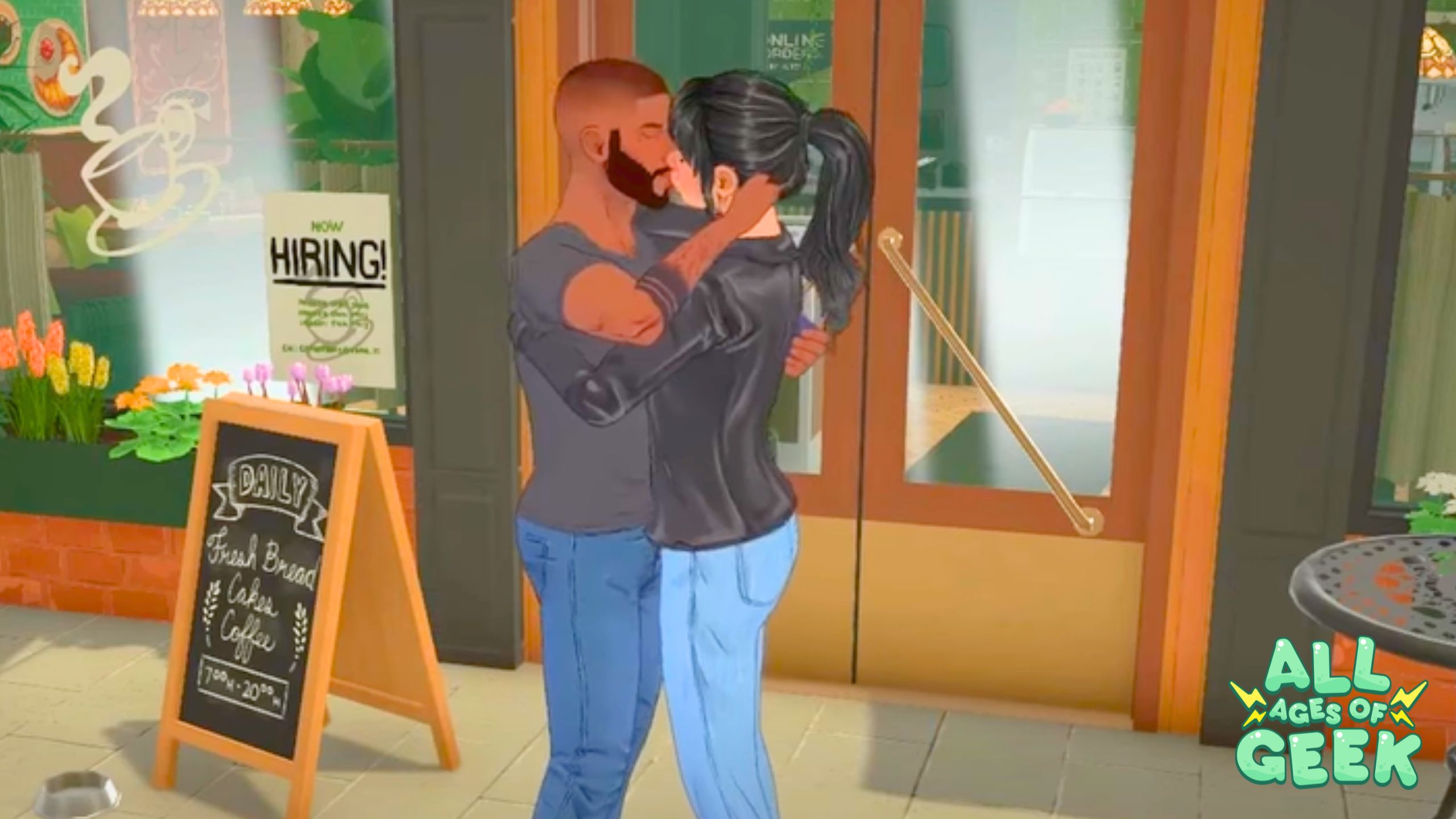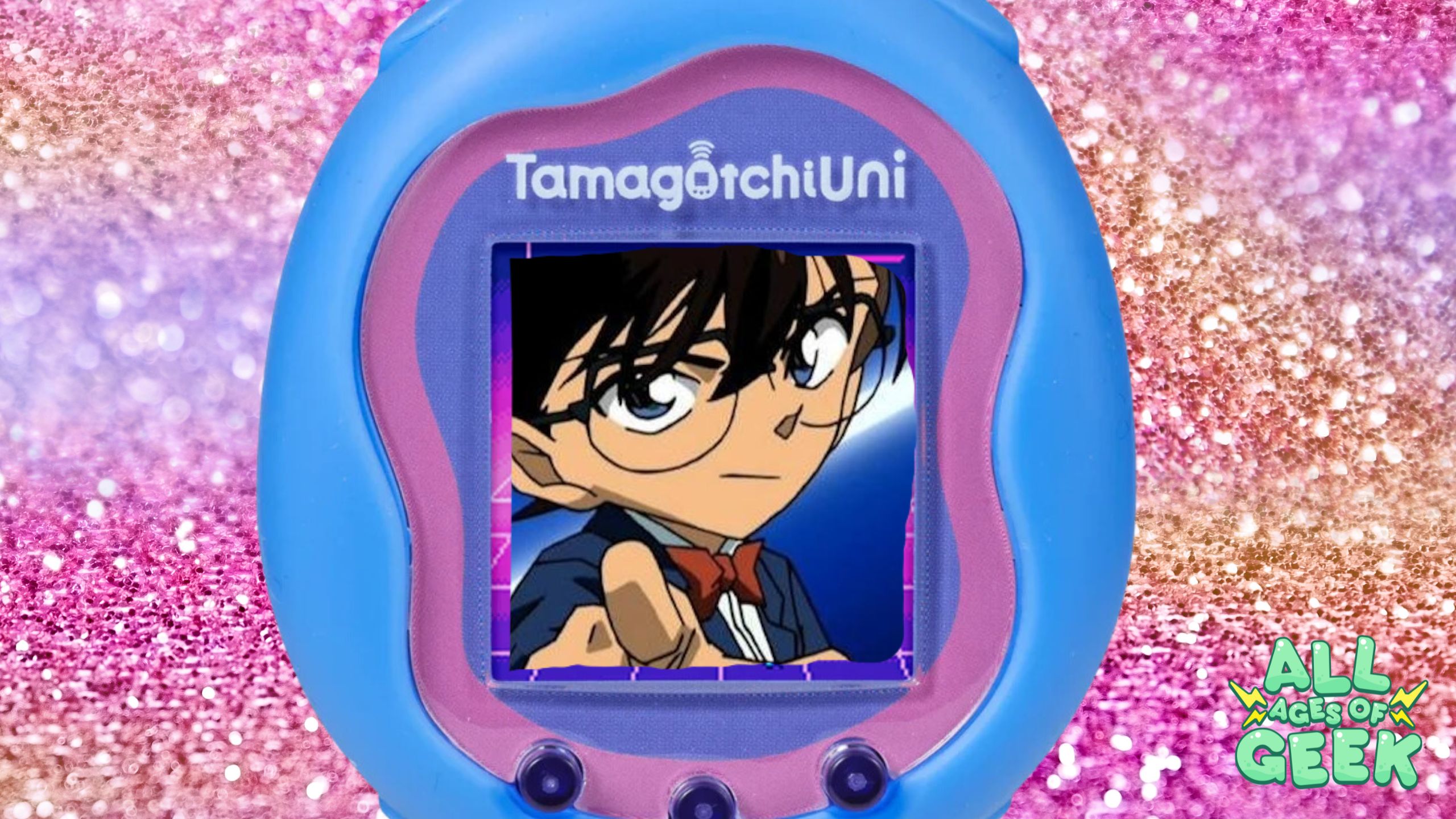Welcome to FillerMania, the only time where FillerMania actually got autocorrected to fillet mignon. I don’t know what the hell a fillet mignon is, but I assume it’s meat, and now I want to eat a burger and have some pork chops. Also, the way people say pork chops in New Jersey is weird but also funny. Like water, it’s always pronounced differently depending on which part of the Metropolitan Area you’re from or which state you’re from. So weird.
So before we dive into the generation we’re about to finish being in and move on to the Ninth Generation, we need to talk about the backbone of the gaming industry that has been able to make people game on the go, and I’m talking about handheld consoles.
Now before we actually talk about the handheld wars, let’s have a brief history lesson leading up to the beginnings of the handheld market pre 1989. Also get some popcorn, this is a very long article.
If you think the Game Boy was the first handheld, you’re immediately wrong. The Atari Lynx came out only a month before it did but even then, that wasn’t the first, as the first handheld game was actually released in 1976 with the first console being released in 1979. Mattel Electronics, before spitting out the Intellivision released “Auto Race” the first ever handheld video game to own at the time.
Auto Race
While other companies did the same as Mattel, one company which is the now defunct Milton Bradley, would be the first company to make the first ever handheld console, known as the Microvision. What is it with these consoles with the word “vision” in it? Are we supposed to see what the console name is or something? Anyways, it didn’t last too long for the most part as it was generally a blip on the radar, but it was a footnote in handheld consoles being the first handheld console to ever be released with swappable cartridges.
The Microvision
And then Nintendo came in with the Game & Watch and absolutely dominated the market since 1980.
Gunpei Yokoi, who is literally the God of handhelds, had the idea to make the Game & Watch in 1979 when he was on a bullet train or known as the Shinkansen, he saw a businessman messing around with a calculator to pass the time, which in 1979, you were either reading the newspapers or listening to music on a Sony Walkman like you were Star-Lord in Guardians of the Galaxy with sick beats and fire mixtapes blasting in your ears. After Yokoi noticed this, he went to R&D 1 in Nintendo where he worked, pitched the idea, got the greenlight and then Nintendo became the undisputed kings of the handheld market, as April 28, 1980 saw the birth of the Nintendo Game & Watch, with their first game being “Ball”. Yep, just “Ball”. It may sound as limp and underwhelming as the title, but after realizing that this was the 80s, this was something to bust a nut over. You could actually play games on the go, granted the technology behind the Game & Watch was revolutionary, but also primitive. Now I didn’t use innovation as obviously the Microvision came before it and “Auto Race” and they are considered innovative in their respective rights, so revolutionary would be the best word to describe the G&W. A lot more games would be released since then until the G&W got discontinued in 1991, amassing a total sales number of 43.4 million units with a golden legacy with Mr. Game & Watch, the D-pad, the birth of the Game Boy and just general nostalgia factors. Since I actually know very little of the G&W, the games with it and just the G&W in general outside of Mr. G&W, this colossal half hour video by YouTuber The Game Display shows off his entire collection of Game & Watch systems, and YouTuber First Last talks about the history of the Game & Watch.
G&W Collection:
G&W history:
As 1989 came around, Atari attempted to steal Nintendo’s thunder with the release of the Atari Lynx, Atari’s first and only handheld console they would release, and if there’s a rule everyone should know: you should never steal Nintendo’s thunder, especially when that ball is in their side of the court. Now the Lynx was actually an innovative handheld as it was the first handheld to have a color and backlit screen, and a setting where you can play and have the D-pad on the left or the right of the system, and while that part is pretty cool, it’s actually pretty stupid by today’s standards since everyone’s brains are hardwired to have movement on the left rather than the right. Fun fact about the Lynx: in the commercials that aired for the system in 1990, Tobey Maguire was in the advertisement for the system. Weirdly enough he played the game in the bathroom where the system kinda belongs, but it has been said that it’s a pretty good system, but the battery life was meh, and the general size of the system was so massive, that you could actually purchase a holster to hold the system. That’s something that probably wouldn’t slide in today’s societal position. Now I actually tried to get my hands on an Atari Lynx around 5 years ago, but I got unlucky since it’s eBay and didn’t get it, so I got a Sega Game Gear instead. But if you want to know more about the Atari Lynx, guess what? Game Sack has a video on it. Yay. Although three other YouTube channels I frequently watch called MetalJesusRocks, Top Hat Gaming Man and good ol’ Dr. Stuart Ashens have made their own respective videos on the Atari Lynx.
Lynx: Game Sack:
Lynx: MetalJesusRocks:
Lynx: Ashens Pt.1:
Pt.2:
Lynx: Top Hat Gaming Man Video 1:
Video 2:
So after Atari decided to try and steal that thunder, Nintendo backhand pimp slapped them to the Andromeda Galaxy and released the Game Boy which compared to the competition that came against it, one was formidable while the others got Swept Up by Yung Cash Register A.K.A Lil’ Broomstick. So here are the competitors to the Game Boy that isn’t the Lynx, because the Lynx is about as interesting as watching paint dry.
Remember the TurboGrafx 16? Well, NEC wanted a piece of that handheld pie, and they released the TurboExpress, or known as a PC Engine GT in Japan in December of 1990. To give you the long story short about this literal mammoth of a system, it was basically a TurboGrafx 16 crammed into a handheld, which if you think about it, the TurboExpress was the first ever handheld device where you could play console games on the go, long before the PSP, PS Vita, even the Nintendo Switch. Unfortunately, it didn’t do too well as the asking price for it was a ball breaking 250 dollars, and the battery life wasn’t that good since AA batteries were about as reliable as expired milk back then, and capacitors were the size of someone’s big toe in the 90s, so if you ever needed a capacitor change for it, and you use AA batteries, you might get a longer battery life compared to what it used to be. Plus the general size of the system was literally like a Game Boy on steroids. It goes today for over 300 dollars generally, which is pretty pricey, but since not a lot of them exist, gives you an idea on how well it did.
There’s an even more rare version of the TurboExpress, however it only saw a Japan only release, called the PC Engine LT. This ended up being the Game Boy Advanced SP except on even more hardcore steroids to the point that it could probably tear a fabric into space and time if it ever squared up with a Nokia 3310. It was basically the TurboExpress except with a clamshell design similar to the GBA SP, but it was a whole lot bulkier, and it also had a built-in antenna to watch TV. Now this was a feature for the TurboExpress, although sold separately, but obviously today it’s a more novelty item if anything. The retail price for the PC Engine LT is something I will never understand the pricing to, as this is so rare, these are sold for between 900 dollars to over 3,000 dollars. Collector’s items? Pretty much.
Oh yeah, if you’re still curious about these systems, Ashens actually made a video on both of these systems:
TurboExpress:
PC Engine LT:
Sega decided to try their hand in handhelds and go against Nintendo with their Sega Game Gear. While the games on the system were really good, once again technology was against Sega. For lack of a better term, the reason why most consoles kept failing against Nintendo, was because they tried to be a lot more cutting edge by adding mostly power into their handhelds and not realizing the repercussions behind them such as a bulky design or very poor battery life. Now it is a cult classic as it got a second life under the Majesco company in 2000, but was ultimately discontinued around 2004, and it’s the model I happen to own, with there being a whole lot of games that came out for the system and even different colors and looks for the system. It was basically a Sega Masturbate- I mean, a Sega Master System in hindsight.
Game Sack talks about this system a lot better than I could even though I’ve owned this thing for nearly six years, so give it a watch if you’re still wanting to learn more about the system:
Nintendo decided to own the market a bit more with the “Play it loud” models and the Game Boy Color, which would be the flagship models all the way up until the original GBA would be released in 2001. But we have a lot of ground to cover from the fifth generation.
Sega made their second shot with the Sega Nomad, which was a Genesis on the go. While the idea was a very good one, the major issue is that it was released in October of 1995, a whole five months after the Saturn was released. Plus it was a very bulky system, as you literally had to carry around the Genesis cartridges around to play them. The idea worked for NEC for the TurboExpress because their cartridges were Hu Cards, and you can bring several with no problem, but with the Nomad, you basically had to have a bag with you full of cartridges to play some games on the go. Either way, the battery life was not good with two to three hours of power before it died, which is abysmal to today’s standards, but that’s around the same time with the Nintendo Switch if you played Skyrim or Breath of the Wild on handheld mode. It only lasted until 1999 and sales numbers are not known.
Here’s a video of the system by The Gaming Historian:
And Ashens:
Nintendo released the Virtual Boy during the Fifth Generation, but I already made an entire article about that. #ad
Neo Geo decided to toss their hat into the ring as well with the release of the Neo Geo Pocket and the Pocket Color. Unfortunately these systems lasted about as long as polio, because while the original was released in 1998, it was discontinued quickly in 1999, while the Color was released in 1999, but quickly discontinued in 2000 in America and 2001 in Japan. I know next to nothing about this system unfortunately, but luckily there’s a video by Game Sack where they review the games and the system.
Game Sack video:
The Bandai WonderSwan was released in March of 1999 and was a Japanese exclusive system that was discontinued in 2003. It was Gunpei Yokoi’s final development until his untimely death in 1997. This is another system I have next to nothing of knowledge about, but a video by MetalJesusRocks will have you covered on what exactly the system was all about:
And then, Tiger Electronics. Y’know, I had experiences with using handheld stuff that was similar to what they made, but man did they plague the 90s. I really don’t wanna say more about them as unfortunately there’s so much to talk about that it would be its own article in itself, and I know that I originally kinda discredited him for his video on the Virtual Boy, but the Angry Video Game Nerd has made a video dedicated to most of the Tiger handhelds that were made in the 90s. No the world isn’t ending… well maybe because of Coronavirus, but no it’s not ending, I just didn’t have this experience more frequently than he did, so give it a watch if you’re curious:
Okay, so now we’re in the Sixth Generation and all we can say is, the Game Boy Advance SP was probably the handheld we all grew up with. Released originally in 2001, the original design, while ergonomic, had a flaw in the fact that it wasn’t a backlit screen, so you couldn’t play your games in the dark, and it still took AA batteries, but nowadays there are screen mods to have a backlit screen. Three years later and after looking at what NEC did with the PC Engine LT and what they did with one of their clamshelled G&W systems, they decided to make the Game Boy Advance SP, released in March of 2003. Didn’t have to put in batteries, it was built in, and the screen was backlit, although there are two models that have different backlights, the 001 model being the original and the 101 model that has a much brighter backlight. They also released the Game Boy Micro, but no one really cares about that one unless you’re a faceplate collector.
Nokia, yes the one with the 3310, made a handheld called the N-Gage. I have absolutely no idea what to say about this system besides the fact that it looks like women’s underwear and a taco. Once again I’m pretty stumped as this was released in October of 2003 and discontinued two years later in November of 2005 but sold two million units. Better than the Wii U I’ll admit. There’s a video about it by MetalJesusRocks once again where he talks about the system in great detail:
The Seventh Generation was home of the Nintendo DS pretty much decimating any chance other companies could compete with them, but we all know Sony wasn’t gonna sit back and let Nintendo rule and dominate a market. So, they released the PSP. It’s safe to say that this was the first time that Nintendo actually had competition, as even though the sales of the DS was a million lower from overtaking the PS2, the PSP was pretty much a formidable opponent with its massive library of not only PSP games or PS1 games that were backwards compatible, but also the UMD movies and videos that existed. Back when you actually bought movies. Both systems were pretty much going at it, but because the DS was more popular with kids and normies, it won by a long shot. Also the amount of shovelware that existed for it makes the Wii look like a real console. Also let’s make fun of the Gizmondo for existing.
If you wanna know more about the DS, PSP or for some reason, the Gizmondo, here are videos about the systems:
Gizmondo review by LGR:
DS review by MetalJesusRocks:
PSP review by MetalJesusRocks:
And last but not least, the Eighth Generation with the 3DS and the PS Vita.
Yeeaah the 3DS won.
While the 3DS had a really rocky start because no one was sure if they wanted to have a system where you look at a screen with untrustworthy 3D and stereoscopic technology, but somehow, some way and by some sort of bad omen, Sony managed to botch the Vita when the time mattered. The 3DS is still going on today, but the PS Vita was discontinued in 2019, and the entire story of the Vita deserves its own article. The 3DS had multiple revisions with the XL model, then the 2DS, then the “New” 3DS, and then the “New” 2DS with their respective XL models and that already is way too many revisions for me to count and far too many to exist in one entire generation. And then Nintendo released the Switch and at this point the rest is history.
Also Nvidia released the Nvidia Shield Portable in 2013 which is basically an Android handheld system. I still want one, it’s cool.
And if you want a more in-depth look in the 3DS family, Vita and probably mostly the NSP, here are some videos on these handhelds:
3DS review by Ashens:
Vita review by Modern Vintage Gamer:
NSP review by Austin Evans:
Welp, that’s the entirety of Handhelds and my God is there far too many handhelds to keep up with. Tune in next week as we reach the end of our current generation.
To be continued…










